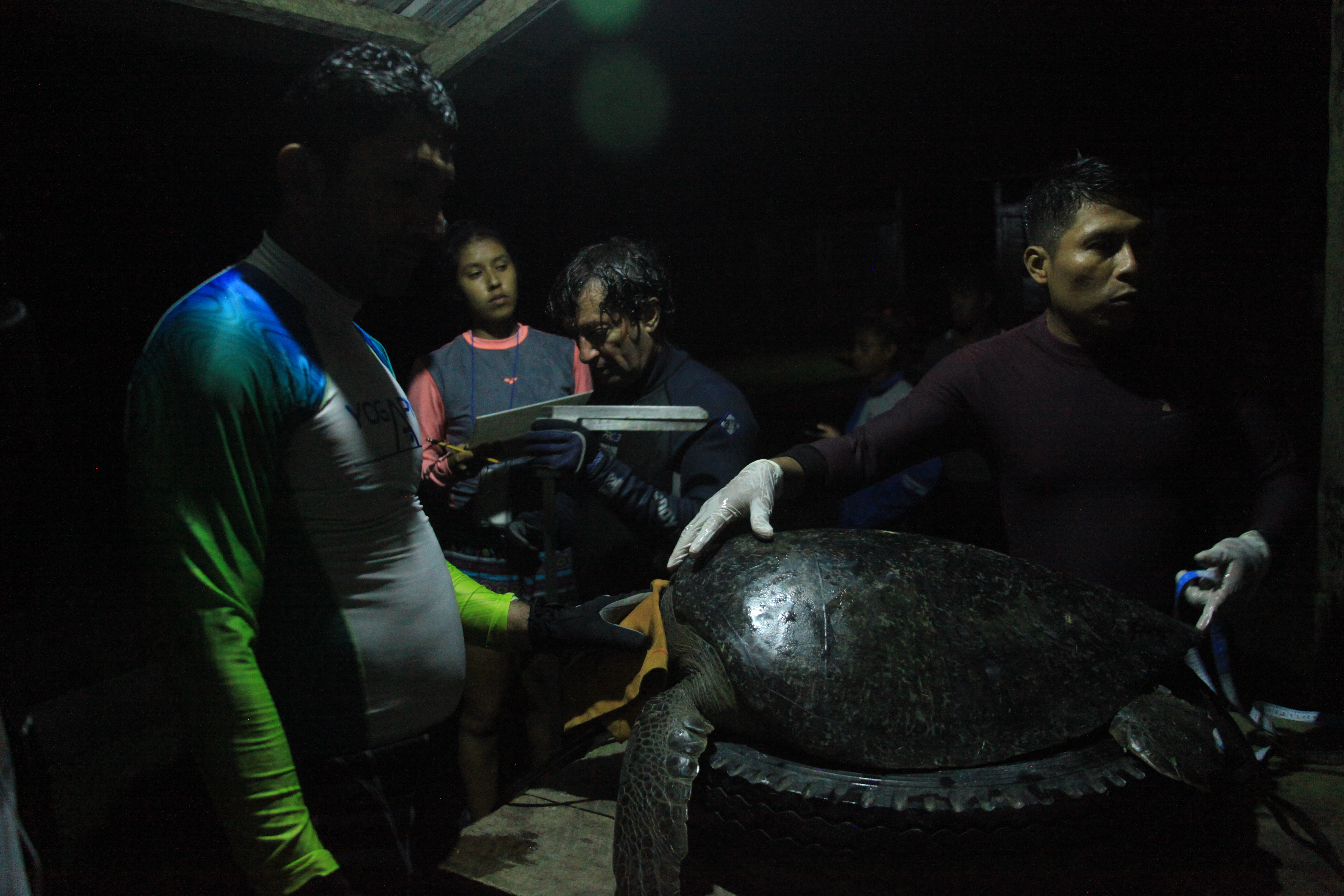CTPH provides alternative livelihoods for our VHCTs, which include group livestock income-generating projects and Village Saving and Loan Associations that bring them together and strengthen the integrated approach. As community volunteers work without a salary this is a critical component to creating a sustainable program and resulted in no volunteer dropouts within the first 10 years of the VHCT program.
CTPH, through its social enterprise – Gorilla Conservation Coffee established in 2015, also supports alternative livelihoods for community members, to support income generation and, thereby, reduce dependence on natural resources to meet basic needs. Gorilla Conservation Coffee supports coffee farmers living around BINP through training and capacity building and providing access to national and international markets. Women coffee farmers are particularly encouraged to participate in the social enterprise, providing a source of economic empowerment for women in communities in which the financial sphere is particularly biased towards men. The social enterprise was created with support from Worldwide Fund for Nature Switzerland’s Impact Investment for Conservation Program. A donation is also given for every bag of coffee sold, to support CTPH’s programs, enabling sustainable financing for conservation.
